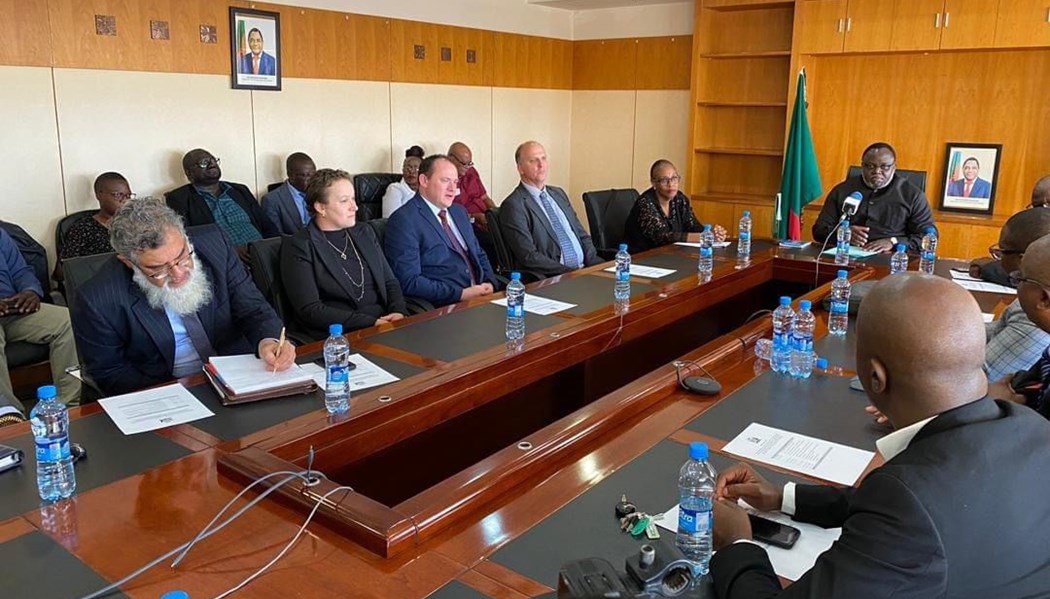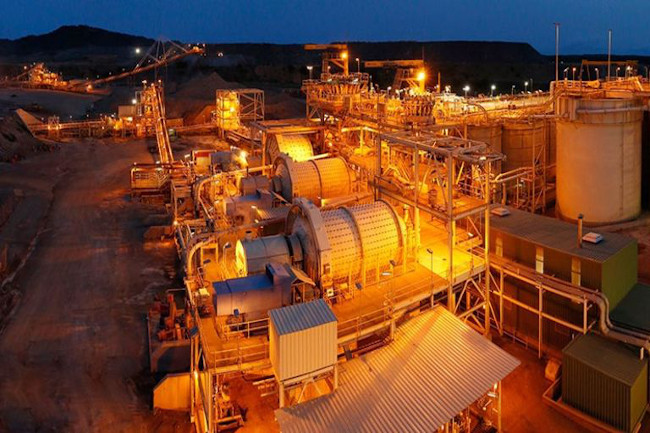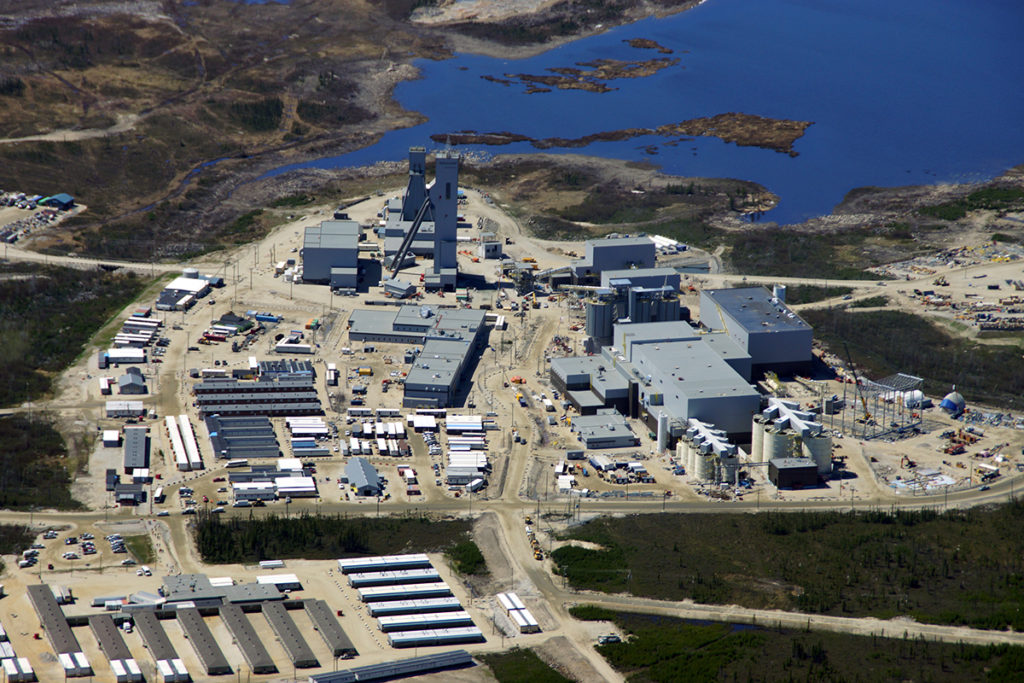Mining Other

Namibia’s mining sector records a revenue increase of 1.4% in 2024

The mining industry revenue saw a slight 1.4% increase in 2024, reaching N$52.295 billion from the N$51.572 billion in 2023, despite a 1.2% contraction in real value added.
This is according to the 2024 report presented by Chamber of Mines of Namibia’s former President, Zebra Kasete, at the Annual General Meeting held last week.
The Namibia Statistics Agency’s (NSA) data states that the mining and quarrying sector declined by 1.2% in real value added, from the 12.4 % expansion achieved in 2023.
Despite the decline, Kasete emphasised the mining sector’s continued role in driving economic growth and national development, contributing 13.3% to GDP in 2024.
The sector’s contraction stemmed from the 3.7% decline in diamond production, which constitutes a significant portion of the industry, driven by weaker global prices and preserving high-quality reserves.
Meanwhile, uranium mining recorded a 1.8% increase in 2024 compared to the 29.6% achieved in 2023. This slowdown was due to lower production at the Rössing and Swakop Uranium mines due to water supply challenges and planned maintenance shutdown, although the Langer Heinrich mine contributed to the modest growth in uranium production.
Other key minerals, such as lead and zinc concentrates, similarly faced setbacks due to operational challenges, including lower ore grades. However, gold production rose by 2.7%, driven by record production levels at the Navachab gold mine.
Profitability within the mining sector increased by 3.3% to N$2.819 billion from N$2.731 billion in 2023. This growth was driven by strong performances in gold and uranium operations, supported by high global prices, stable demand, increased operational efficiencies, and cost discipline across several mining operations.
Fixed Investment in the sector, however, decreased by 11.7% to N$5.220 billion, from the N$5.908 billion invested in 2023. This is likely due to the completion of major infrastructure phases in key projects and delayed investment decisions in new developments.
On the other hand, exploration expenditure increased by 66.6%, reaching N$1.485 billion in 2024, compared to N$891 million in 2023, signaling renewed interest in mineral prospecting and early-stage project evaluations.
The mining sector’s fiscal contribution to government revenue declined, with corporate taxes, royalties, and export levies falling by 23.8%, 11.3%, and 0.28%, respectively, largely by lower diamonds sales.
However, total direct employment increased to 20,654, marking a 13.6% rise from 18,189 recorded in 2023. These employees contributed N$1.695 billion in Pay-As-You-Earn (PAYE) tax. The total wage bill amounted to N$7.996 billion.
To maintain its commitment to local procurement, the industry spent a total of N$24.154 billion on goods and services procured from Namibian registered businesses. This figure accounts for approximately 46.2 % of the industry’s total revenue of N$52.295 billion.












